#elisabeth de france
Explore tagged Tumblr posts
Text
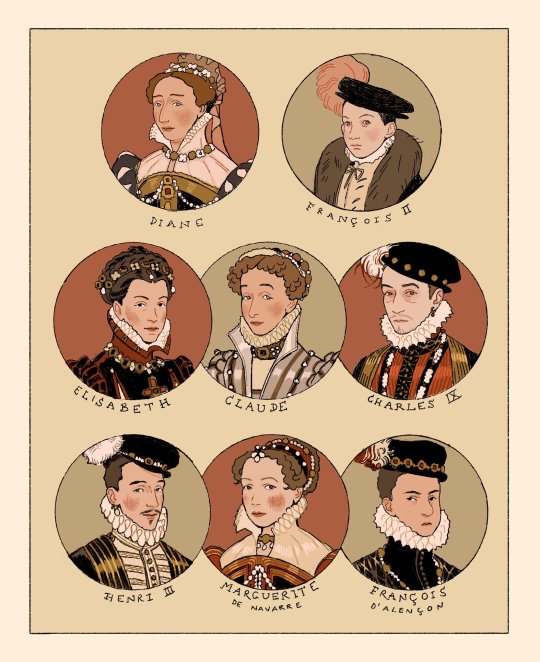
Last of their name
#house of valois#french history#charles ix#henri iii#françois d'alençon#marguerite de navarre#claude de france#elisabeth de france#diane de france#françois II#la reine margot#my art
2K notes
·
View notes
Text


On May 9th, 1794, Madame Elisabeth was transferred to the Conciergerie, from the Temple Prison where she had been kept with her niece, Marie Therese Charlotte.
She was brought before the Revolutionary Tribunal and accused of assisting in the Flight to Varennes, supplying funds to royalist sympathizers, and encouraging the resistance of the royal troops on August 10th, 1792. During her trial, when she was addressed as the sister of a tyrant, she replied that:
“If my brother had been what you call him, you would not have been where you are, nor I where I am”.
The Tribunal condemned her to death, and she was guillotined the next day.
#madame elisabeth#elisabeth de france#french revolution#french monarchy#house of bourbon#long live the queue
20 notes
·
View notes
Text
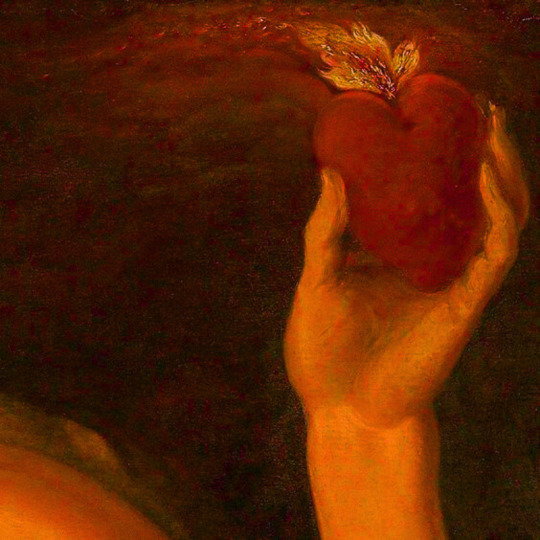
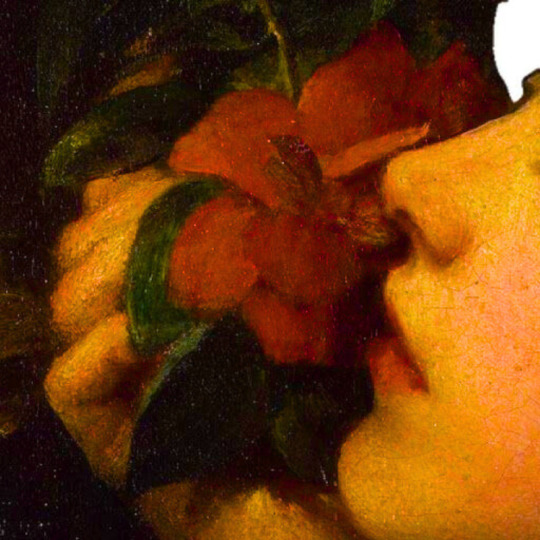
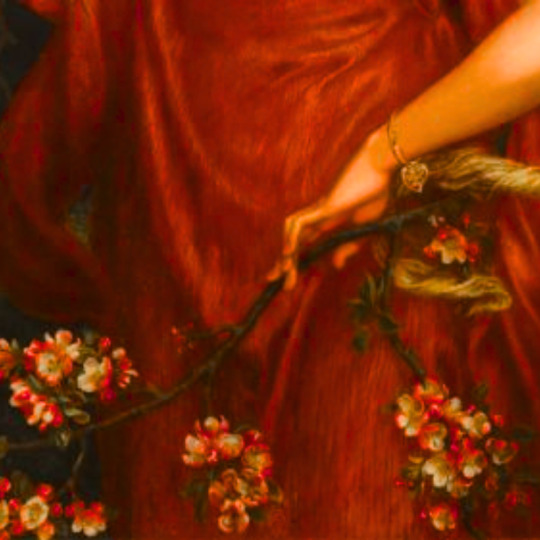
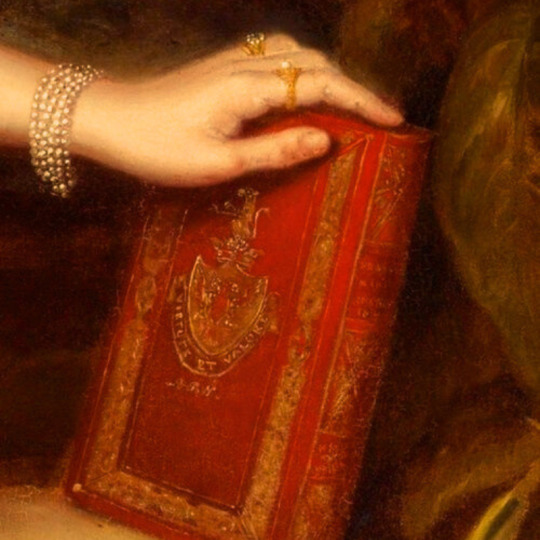
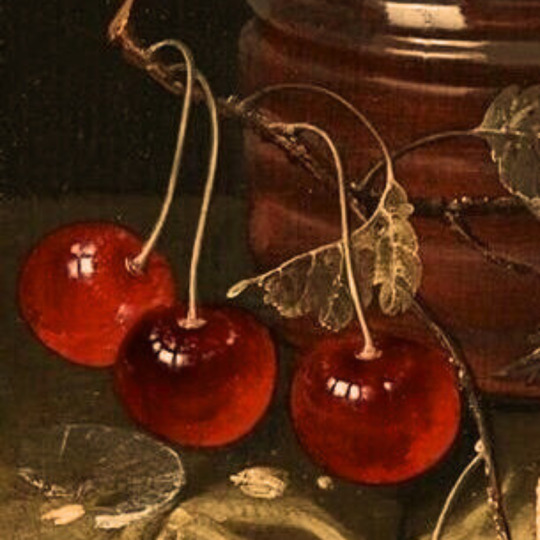
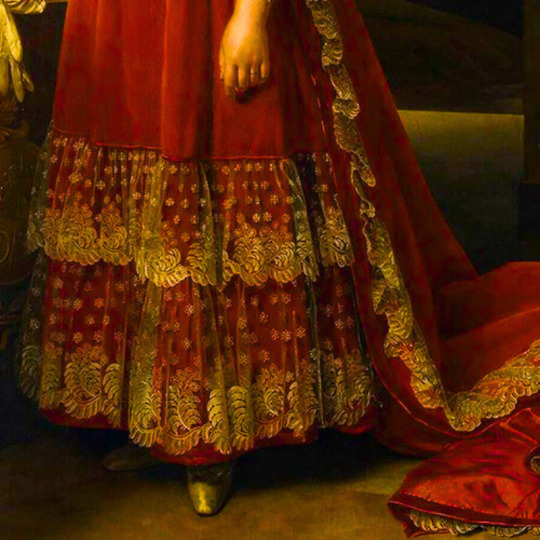
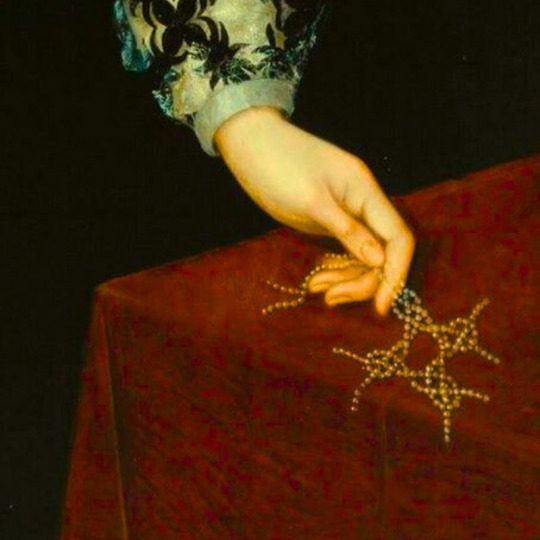
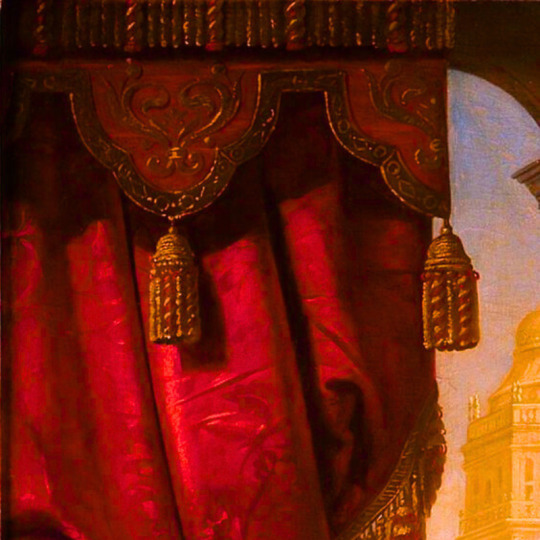
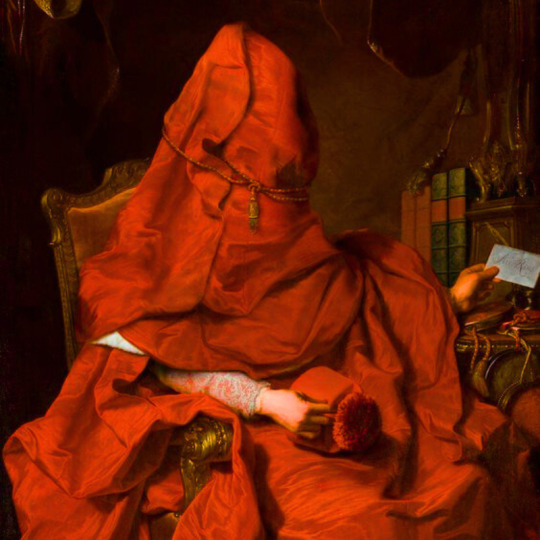

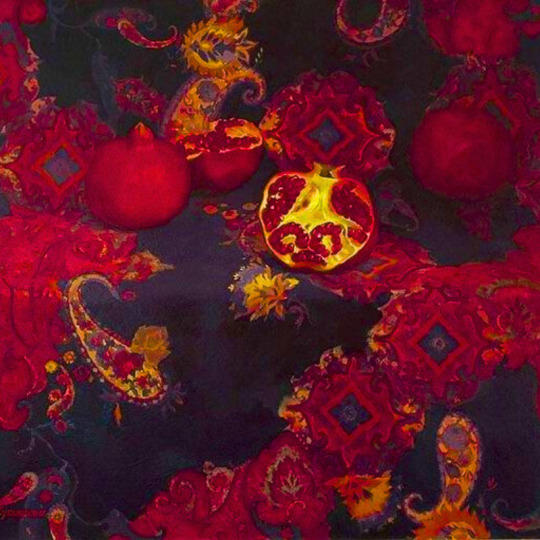

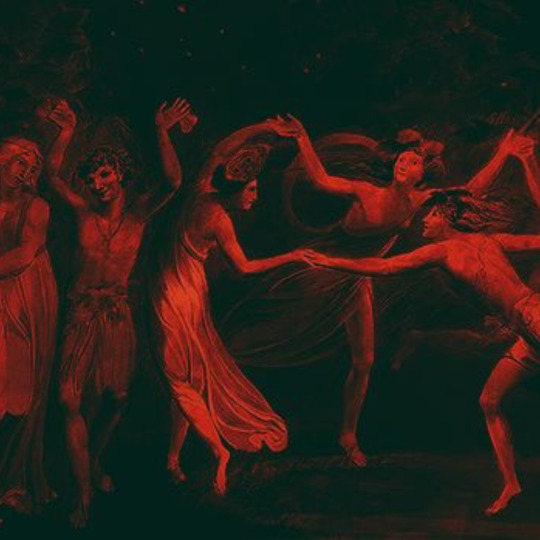


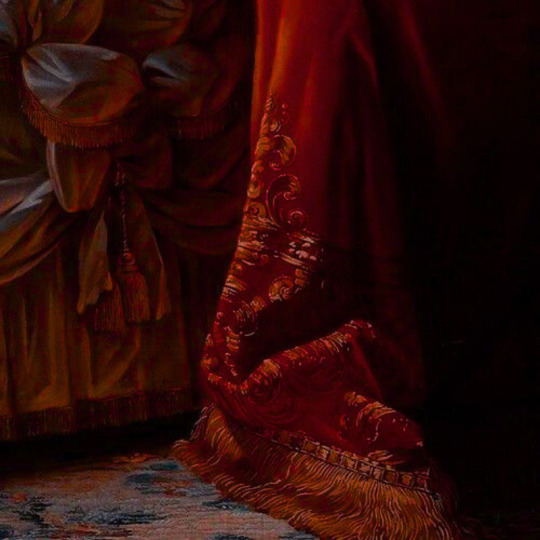
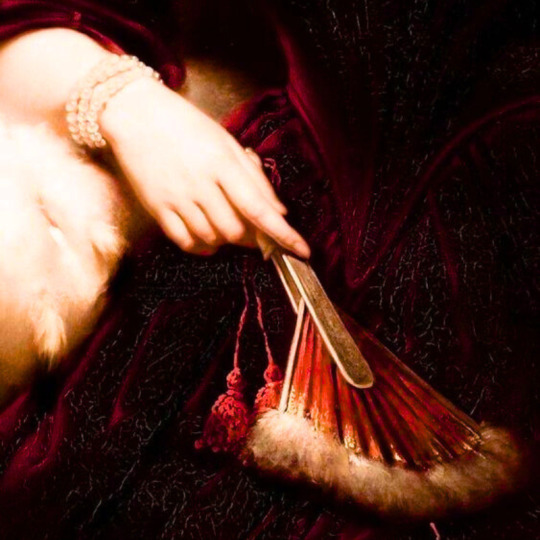
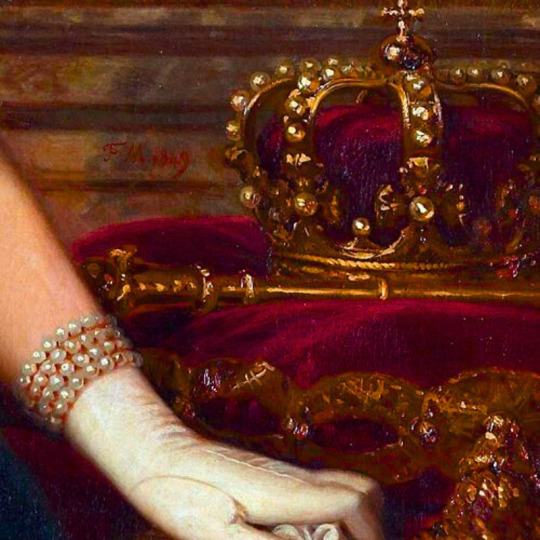
red + art
#venus and cupid by jacob de gheyn#ellen terry by george frederic watts#a vision of fiammetta by dante gabriel rossetti#portrait of mrs. alexander spark by maurice felton#cherries by jan davidsz de heem#portrait of marie therese of france by alexandre-franocis caminade#cant find artist#dona dolores tos ta de santa anna by juan cordero#artist is volker hermes#saint joan of arc by paul antoine de la boulaye#pomegrantes by elena kubysheva#-cant find artist#titania and puck with fairies dancing by william blake#-cant find artist-#--cant find artist#artist is Elisabeth Louise Vigée-LeBrun#artist is Jan Adam Kruseman#artist is Federico de Madrazo#-cant find artist---#art#art history
1K notes
·
View notes
Text

Louis XIV Receiving the Prince Elector of Saxony at Fontainebleau
Artist: Louis de Silvestre (French, 1675–1760)
Date: 1715
Medium: Oil on canvas
Collection: Musée National des Châteaux de Versailles et de Trianon, Paris, France
Description
In a private gathering, Elisabeth Charlotte d’Orléans introduces Frederick Augustus, Prince Elector of Saxony, to Louis XIV, her brother-in-law. In order to complete his education on a Grand Tour, the Saxon prince had traveled to France under the assumed name of comte de Lusace. This particular event occurred at Fontainebleau on September 27, 1714; similar presentations regularly took place at Versailles, though they were rarely depicted.
#painting#oil on canvas#narrative art#conversation piece#historical art#palace#interior#chandelier#male figures#female figures#oil painting#fine art#artwork#elisabeth charlotte d'orleans#frederick augustus#prince elector of saxony#louis xiv#fontainebleau#france#french history#men#women#costume#european nobility#french culture#french art#louis de silvestre#french painter#european art#18th century painting
15 notes
·
View notes
Text

Printemps 1933 - Champs-les-Sims
3/4
En outre, tu trouveras également une photographie de moi, Ange et des filles, prise par Aurore. Notre premier véritable portrait de famille. Je tiens à remercier Dieu que les jumelles me ressemblent autant (comme tu pourras le constater), cela ne soulèvera pas de questions embarrassantes quand elles grandiront. De toute façon, elles adorent leur père. Antoine me dit parfois qu'il aurait aimé que Papa se comporte davantage comme Ange le fait avec Anna et Elisabeth. Il est d'une prévenance qui me surprend moi-même. Je l'ai surpris à jouer à la marelle pas plus tard que le semaine dernière et à faire réciter des fables de La Fontaine après le diner. Je n'aurai pu rêver un meilleur père pour mes filles en définitive.
Les filles aiment beaucoup l'école, en particulier Anna. Ange dit d'elle qu'elle a un esprit scientifique bien qu'un peu fantasque, un mélange de Jean-François et Cléo, même si j'espère qu'elle n'en reprendra que l'intellect. Ange l'imagine déjà faire de grandes études à l'étranger et parler de nombreuses langues. Quant à moi, je pense que ma fille est aussi une grande rêveuse et qu'il est un peu tôt pour présumer de son avenir. Elisabeth elle, me rappelle la petite soeur d'Ange, France. Douce, discrète et gentille. Elle est appliquée et a une nature plus secrète, presque mystérieuse.
Anna discute beaucoup avec son oncle en ce moment, essayant de parler avec un air assuré de politique internationale. Oncle Adelphe, la voyant faire avec son petit air concentré, a éclaté de rire en affirmant que Papa était presque exactement ainsi quand il avait son âge, essayant de se faire docte tout en ne comprenant strictement rien à ce qu'il lisait. Il faut dire que la voir, à sept ans à peine, tenter d'expliquer à Antoine ce qu'il se passe en Allemagne en ce moment avait quelque chose d'hilarant. Antoine n'a pas trouvé cela très drôle, mais ne lui a rien dit. Elisabeth, plus intuitive, a tenté de réfréner sa soeur en voyant la mine que tirait son oncle, sans succès. Il faut dire que ce qui arrive aux communistes en ce moment chez nos voisins le préoccupe beaucoup.
#lebris#lebrisgens5#history challenge#legacy challenge#decades challenge#nohomechallenge#sims 3#ts3#simblr#sims stories#Arsinoé Le Bris#Lucien Le Bris#Ange de Chastel#Anna Le Bris de Chastel#Elisabeth Le Bris de Chastel#Aurore Laroche#Marc-Antoine Le Bris#Constantin Le Bris#Jean-François Le Bris#Cléopâtre Le Bris#France de Chastel#Adelphe Barbois
7 notes
·
View notes
Text

The French Dispatch (2021, Wes Anderson)
07/12/2024
#the french dispatch#The French Dispatch of the Liberty Kansas Evening Sun#film#2021#wes anderson#comedy drama#Scriptment#screenplay#20th century#ensemble cast#benicio del toro#frances mcdormand#jeffrey wright#adrien brody#tilda swinton#timothée chalamet#saoirse ronan#léa seydoux#owen wilson#mathieu amalric#lyna khoudri#cécile de france#bill murray#elisabeth moss#willem dafoe#edward norton#christoph waltz#anjelica huston#myocardial infarction#will and testament
8 notes
·
View notes
Text
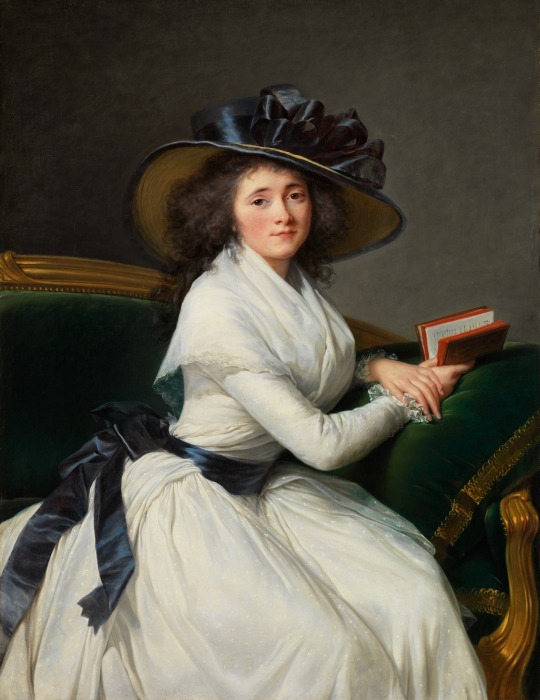
Oil Painting, 1789, French.
By Elisabeth Vigée Le Brun.
Portraying Marie Charlotte Louise Perrette Aglaé Bontemps, Comtesse de la Châtre in a white muslin dress.
Met Museum.
#elisabeth vigee le brun#nobility#comtesse de la châtre#Marie Charlotte Louise Perrette Aglaé Bontemps#painting#oil painting#1789#1780s#french revolution#1780s dress#France#french#1780s France#met museum#white#1780s painting
99 notes
·
View notes
Text

Portrait of Elisabeth Philippine Marie Hélène of France, known as 'Madame Elisabeth', sister of King Louis XVI (1764-1794). Unknown artist.
#royaume de france#maison de bourbon#filles de france#madame elisabeth#Sœur du roi#Servante de Dieu#Élisabeth de France#fille de france#saints#catholicism#christianity
3 notes
·
View notes
Text
334 - The French Dispatch

We've got a new Wes Anderson movie on the horizon, so why not revisit one of his more divisive films: 2021's The French Dispatch. The film features a bursting murderer's row of cast members to fill out Anderson's ode to journalism, a triptych of stories all set within the world of a fictional magazine. Originally promised for 2020's Cannes Film Festival and delayed more than a year by COVID, the film arrived to American audiences and a growing faction of those growing restless with Anderson's whole deal.
This episode, we talk about our growing appreciation for the film since release and Anderson's "nesting doll" approach to storytelling. We also discuss Jeffrey Wright's celebrated performance, Christoph Waltz's cameo that lands him in our Six Timers Club, and Anderson's Oscar history.
Topics also include the 2021 Production Design nominees, Anderson's win for Live Action short, and the weird 2021 official Globes tweets.
The 2021 Academy Awards
The 2021 Cannes Film Festival
The 2021 Globes tweets
Subscribe:
Patreon
Spotify
Apple Podcasts
#Wes Anderson#Bill Murray#Jeffrey Wright#Owen Wilson#Tilda Swinton#Elisabeth Moss#Griffin Dunne#Fisher Stevens#Benicio Del Toro#Lea Seydoux#Denis Menochet#Tony Revolori#Lois Smith#Adrien Brody#Bob Balaban#Henry Winkler#Frances McDorman#Timothee Chalamet#Lyna Khoudri#Christoph Waltz#Cecile de France#Rupert Friend#Live Schreiber#Willem Dafoe#Mathieu Amalric#Edward Norton#Saoirse Ronan#Jason Schwartzman#Anjelica Huston#Best Production Design
4 notes
·
View notes
Text
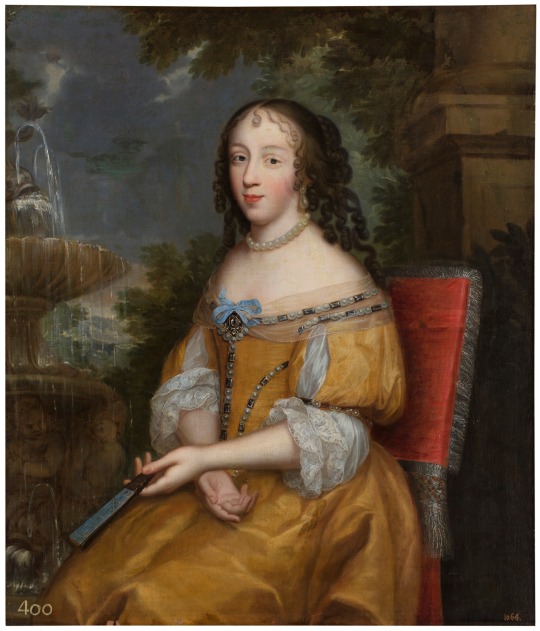
Élisabeth-Marguerite d'Orléans, petite-fille de France (1646-1696). Par Charles et Henri Beaubrun.
#charles beaubrun#henri beaubrun#royaume de france#maison de bourbon#maison d'orléans#bourbon orleans#petite fille de france#petite fille#elisabeth marguerite d'orleans#duchesse de guise#mademoiselle d'alençon#alençon#kingdom of france#princesse d'orléans
15 notes
·
View notes
Note
The mesdames calling madame de pompadour "maman-putain" is so funny to me. Do you have more random funny shot that they (including their brother) did.
Oh anon I was made for this
Dauphin called Madame de Pompadour I belieave "Madame Pompom"
Adelaide, when she was like 9 to 11, escaped to go "bring back the head of the English king like Judith and Holofernes", I believe she got as far as the stables, where a stablehand had a donkey waiting for her. The book I read this from, I can't remember it's name, said "That's the spirit! Here is a heroine with whom the Judith of Bethulia is only a pale moonlight." and honestly I love it
When Dauphin was a child one of his younger sisters- probably Adelaide given the fact that she was one of the few that he saw as a child -slipped a curse word and he gave her such a bad reprimand that she never forgot it and she started crying
Henriette, Adelaide, and Dauphin's wife, Marie Therese Raphaelle, had a little network trying to get rid of Madame de Pompadour, they were *so* into it, Henriette was the first to call her Maman Putain, and Adelaide and Raphaelle devoted themselves to intel. Adelaide was very young at the time and I imagine that was her first foray into politics
One of Adelaide's governesses when she was a teenager accidentally gave her erotica, although this might be false
When Adelaide and Victoire were on their last leg, living in Naples, they had a concert from the governer of the Count of Chastellux, who played the violin (shittily). It was so bad that Adelaide, who was a violinist so good that even the misogynistic men of the French court (Violin was considered a masculine instrument at the time) admitted she was good, took the violin, playing music. Unfortunately, despite the fun that Adelaide was having- which she sorely needed honestly considering this was after the French Revolution -Duchesse de Narbonne gave her a harsh rebuke because she was a Princess. Apparently, an artist named Goubaud, who I believe is Innocent-Louis Goubaud sketched the scene, but I don't believe we have it anymore.
After Louise went to her convent, Madame Campan, Victoire's lady in waiting, asked if Victoire would ever go to a convent. Victoire assured her that she wouldn't, and said, "Here’s the armchair that ruins me", pointing to the chair she was laying in.
Adelaide was called Madame Torchon by her family and friends, even her older sister Louise Elisabeth called her that in a letter. She called herself it in a letter to the Countesse de Civrac, who I believe at the time was Anne-Marie de La Faurie de Monbadan
If I have more I'll add them!
#aight time to tag#asks#mesdames de france#louis ferdinand of france#louis dauphin of france#dauphin louis of france#madame adelaide#madame de pompadour#anne henriette of france#marie therese raphaelle of spain#María Teresa Rafaela of Spain#louise elisabeth of france#princesses of france#dauphins of france
7 notes
·
View notes
Text

Fragment of fabric from a dress said to have been worn by Madame Elisabeth on the day she was beheaded.
Source
I personally have SERIOUS doubts that this is actually what they say, as it's an extremely bright and cheerful patterned fabric, not to mention the fact that it's silk. Madame Elisabeth would likely have, as her sister in law Marie Antoinette did, gone to her death in one of the plain dresses she had left, not a multicoloured silk gown.
17 notes
·
View notes
Text

Domaine de Montreuil
Versailles, France
3 notes
·
View notes
Text

Nicolas de Largillière, follower of (French, 1656-1746) Portrait of a Lady, said to be Marie-Elisabeth Le Fèvre de Caumartin, n.d.
#Nicolas de Largillière#france#portrait of a lady#lady#female portrait#french#powdered hair#female#portrait#french art#european fashion#marie elisabeth le fevre de caumartin#art#fine art#european art#classical art#europe#european#oil painting#fine arts#europa#mediterranean#1600s#1700s#woman#women in art
26 notes
·
View notes
Text

Queen Elisabeth of France, on Horseback
Artist: Diego Rodríguez de Silva y Velázquez (Spanish, 1599-1660)
Date: ca. 1635
Medium: Oil on canvas
Collection: Museo Nacional del Prado, Madrid, Spain
Elisabeth of France, Queen of Spain
Elisabeth of France, also known as Isabel or Elisabeth of Bourbon (22 November 1602 – 6 October 1644) was Queen of Spain from 1621 to her death and Queen of Portugal from 1621 to 1640, as the first spouse of King Philip IV & III. She served as regent of Spain during the Catalan Revolt in 1640–42 and 1643–44. As the mother of the Queen of France Maria Theresa, wife of Louis XIV, she was the great-grandmother of the Duke of Anjou, who became king of Spain as Philip V. Through her daughter, Elisabeth is the progenitor of the Spanish branch of the House of Bourbon, which still rules over Spain to this day, as all future kings of Spain after the War of Spanish Succession descend from her. She's also the ancestor of the current Grand Duke of Luxembourg, Henri, through both the Bourbon-Parma collateral branch of the Spanish royal family and the main branch of Bourbon dynasty, as he is a descendant of the last Duke of Parma, Robert I, and his mother Louise of Artois, the granddaughter of Charles X of France, through Robert's son Felix.
#portrait#equestrian#full length#elisabeth of france#landscape#white horse#rug#costume#lace collar#artwork#fine art#oil painting#oil on canvas#painting#house of bourbon#french royal family#queen consort of spain#queen consort of portugal#spanish history#spanish empire#spanish monarchy#queen of spain#spanish culture#spanish art#diego rodriguez de silva y velazquez#spanish painter#european art#17th century painting#museo nacional del prado
21 notes
·
View notes
Text

Automne 1928 - Champs-les-Sims
3/5
C'est un homme très organisé. Il a pris ses quartiers dans le bureau de mon père, au milieu de toutes ces reliques égyptiennes qu'il entretient avec minutie. C'est un travail domestique traditionnellement dévolu à l'épouse, mais Ange y excelle et m'a avoué qu'il apprécie ce travail, car contrairement à moi, il n'a pas vraiment de profession. La gestion de ce qui reste du patrimoine familial ne nécessite plus énormément de temps, et génère assez de revenu pour l'entretenir lui et une partie du train de vie de son frère et de sa petite soeur. Mais Emilien a besoin de sa solde militaire pour vivre et leur mère s'est remariée en 1920 donc elle peut vivre avec l'argent de son mari. Autant dire qu'Ange ne va pas transmettre grand chose aux petites. Au début, je me suis dit que tenir l'économie de notre ménage allait l'ennuyer, mais il m'a répondu que c'était sa vie oisive qui était en train de l'ennuyer. C'est donc lui qui est devenu le principal interlocuteur de Mademoiselle Laroche et plusieurs changements sont survenus dans le rythme de notre vie.
#lebris#lebrisgens5#history challenge#legacy challenge#decades challenge#nohomechallenge#sims 3#ts3#simblr#sims stories#Arsinoé Le Bris#Lucien Le Bris#Ange de Chastel#Aurore Laroche#Emilien de Chastel#Corentine Ribeaucourt#France de Chastel#Anna Le Bris de Chastel#Elisabeth Le Bris de Chastel
6 notes
·
View notes